
Experiencing pain while pressing on your breast can be an alarming sensation that may lead to concerns about the
underlying cause. It is common for the mind to conjure up worst-case scenarios when we experience an unfamiliar
symptom.
However, the good news is that most breast pain is caused by normal hormonal changes or simple-to-treat conditions. Despite breast pain not being a typical symptom of breast cancer, it is essential to investigate the cause of your discomfort. Ignoring such a symptom can lead to complications.

In this article, we will explore some of the most prevalent causes of breast pain, which are also known as
mastodynia
and mastalgia. We will discuss why breast pain occurs and when it is necessary to seek medical attention.
Understanding the possible causes of breast pain can help ease anxiety and lead to prompt treatment, allowing you to enjoy a comfortable life.
Several Reasons Why Does My Breast Hurt When I Press It

Hormone shifts
Hormonal shifts are a natural and necessary part of a woman's menstrual cycle. These shifts, which occur every month, are designed to prepare the body for pregnancy by thickening the lining of the uterus. If pregnancy does not occur, the lining is shed, resulting in menstruation.
Unfortunately, these hormone fluctuations can also affect the breasts. Cyclic mastalgia or fibrocystic changes, a condition that causes pain and tenderness in the breasts, is a common result of these shifts. In fact, around half of women over the age of 30 experience this condition.
The symptoms of cyclic mastalgia are often most pronounced just before menstruation begins. Women may experience breast tenderness, achiness, and swelling, particularly if pressure is applied. Some women also report tenderness in their armpits.

It's important to note that cyclic mastalgia is a benign condition and is not a cause for concern. However, if you
experience breast pain or tenderness that is persistent or severe, or if you notice any changes in the appearance or
texture of your breast tissue, it's important to consult with a healthcare provider to rule out any underlying
issues.
Mastitis is a condition that involves an infection of the breast tissue. While it can affect any woman, it is more commonly seen in those who are breastfeeding. This is because mastitis can occur as a result of a blocked milk duct or a bacterial infection within the duct.

Mastitis
The symptoms of mastitis include pain, swelling, redness, itching, and a sensation of heat in the affected breast. Additionally, women with mastitis may experience a fever. Typically, only one breast will be affected at a time.
If left untreated, mastitis can lead to complications, such as the development of a breast abscess. It is important to seek medical attention promptly if you suspect you have mastitis. Treatment typically involves antibiotics to clear up the infection, as well as warm compresses to help relieve pain and swelling.

In addition to medical treatment, there are steps that women who are breastfeeding can take to prevent mastitis from
occurring. These include ensuring proper positioning and latch when breastfeeding, alternating breasts during
feeding
sessions, and emptying the breast completely during each feeding.

Medications
Breast pain can be a side effect of some prescription medications. The medications that are linked to breast pain can fall into two categories: those that affect hormone levels in the body and those that are prescribed for heart and cardiovascular conditions.
Some medications that affect hormone levels, such as hormonal birth control pills, can cause breast pain due to swollen breast tissue. Additionally, certain medications that are prescribed to treat hypertension and cardiovascular disease, such as spironolactone and methyldopa, can lead to breast pain as a side effect. These medications can affect hormone levels and cause swelling of the breast tissue.

Other medications, such as digoxin/digitalis and diuretics, which are prescribed to treat heart conditions, can
cause
chest wall pain that is felt in the breast. The chest wall pain can be mistaken for breast pain, but it originates
from
the chest muscles and not from the breast tissue itself.
If you are experiencing breast pain and are taking any of these medications, it is important to speak with your healthcare provider to determine if the medication is the cause of your symptoms. Your healthcare provider may be able to adjust your medication or recommend alternative treatments to alleviate your breast pain.

Breast abscesses
A breast abscess is a condition that develops as a result of an infection in the breast tissue. It can occur as a complication of mastitis or may develop in individuals who are not breastfeeding. Research suggests that between 5 and 11 percent of women who experience mastitis while breastfeeding may go on to develop a breast abscess.
If you're not breastfeeding, there are still certain risk factors that can increase your likelihood of developing a breast abscess. These can include being outside of the recommended weight range for your height, having pierced nipples, or being of African American descent.
Breast abscesses can cause a range of symptoms, including swelling, redness, tenderness, warmth, and the presence of a palpable lump in the breast tissue. They may also cause fever, fatigue, and flu-like symptoms.

Treatment for breast abscesses typically involves antibiotics to help clear the infection and drainage of the
abscess to
help relieve symptoms. In some cases, surgical intervention may be necessary to remove the abscess or affected
tissue.
If you suspect that you may have a breast abscess, it is important to seek medical attention promptly to help prevent complications and ensure appropriate treatment.

Breast tumors
While most breast tumors are benign, some may be cancerous, which is why it's essential to seek medical attention if you have concerns. Non-cancerous tumors such as fibroadenomas are common, usually painless, and require minimal treatment, while cancerous tumors, including inflammatory breast cancer, are more severe.
Inflammatory breast cancer is a rare but aggressive form of breast cancer that can develop quickly, causing symptoms such as redness, swelling, and tenderness. However, most breast cancers don't cause pain and can only be detected through routine mammography or breast examination.
If you notice any unusual lumps or changes in your breast, such as nipple discharge, dimpling, or retraction, it's essential to get checked by a medical professional to rule out any serious conditions. Remember, early detection is key in treating breast cancer.

Breast injuries
Breast injuries can range from minor bruises to more serious trauma. It's important to pay attention to any pain or discomfort you experience in your breasts, and seek medical attention if necessary.
Minor injuries to the breasts, such as bruises or bumps, can usually be treated with rest, ice, and over-the-counter pain medication. However, if you experience severe pain or notice any unusual symptoms, such as lumps or discharge, it's important to see a doctor.
Breast soreness after working out is also common, especially if you've been working out your chest muscles. This is known as exercise-induced breast pain and can be managed with proper support during exercise and rest afterward.
However, if you experience persistent or severe breast pain after working out, it's important to talk to your doctor to rule out any underlying conditions.

In Summary
Breast pain can be caused by a variety of factors, including hormonal changes, benign cysts, injuries, and medications. While most cases of breast pain are not serious, it's important to seek medical attention if you have any concerns or notice any changes in your breasts. Regular breast exams and mammograms can help with early detection of any potential issues.













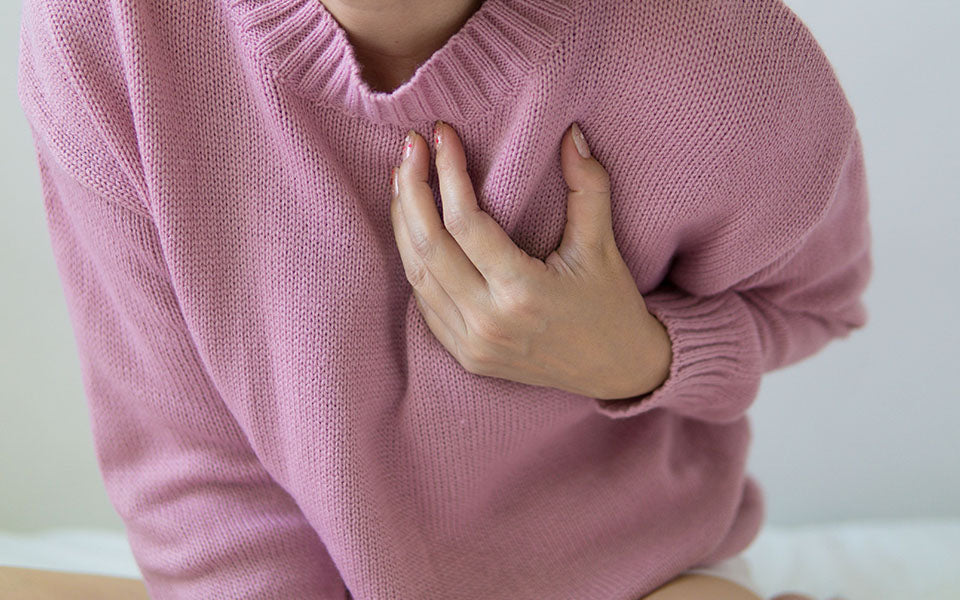

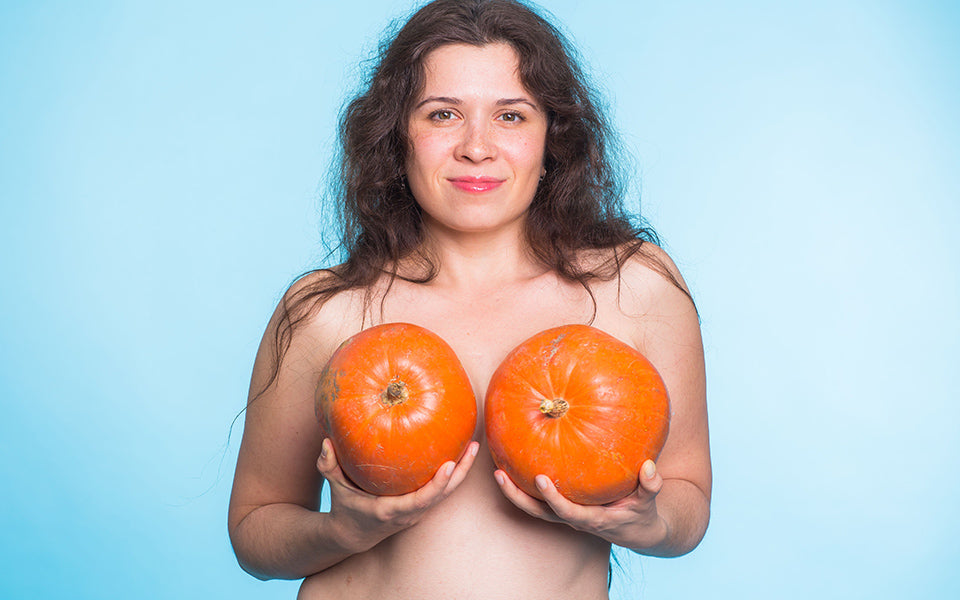






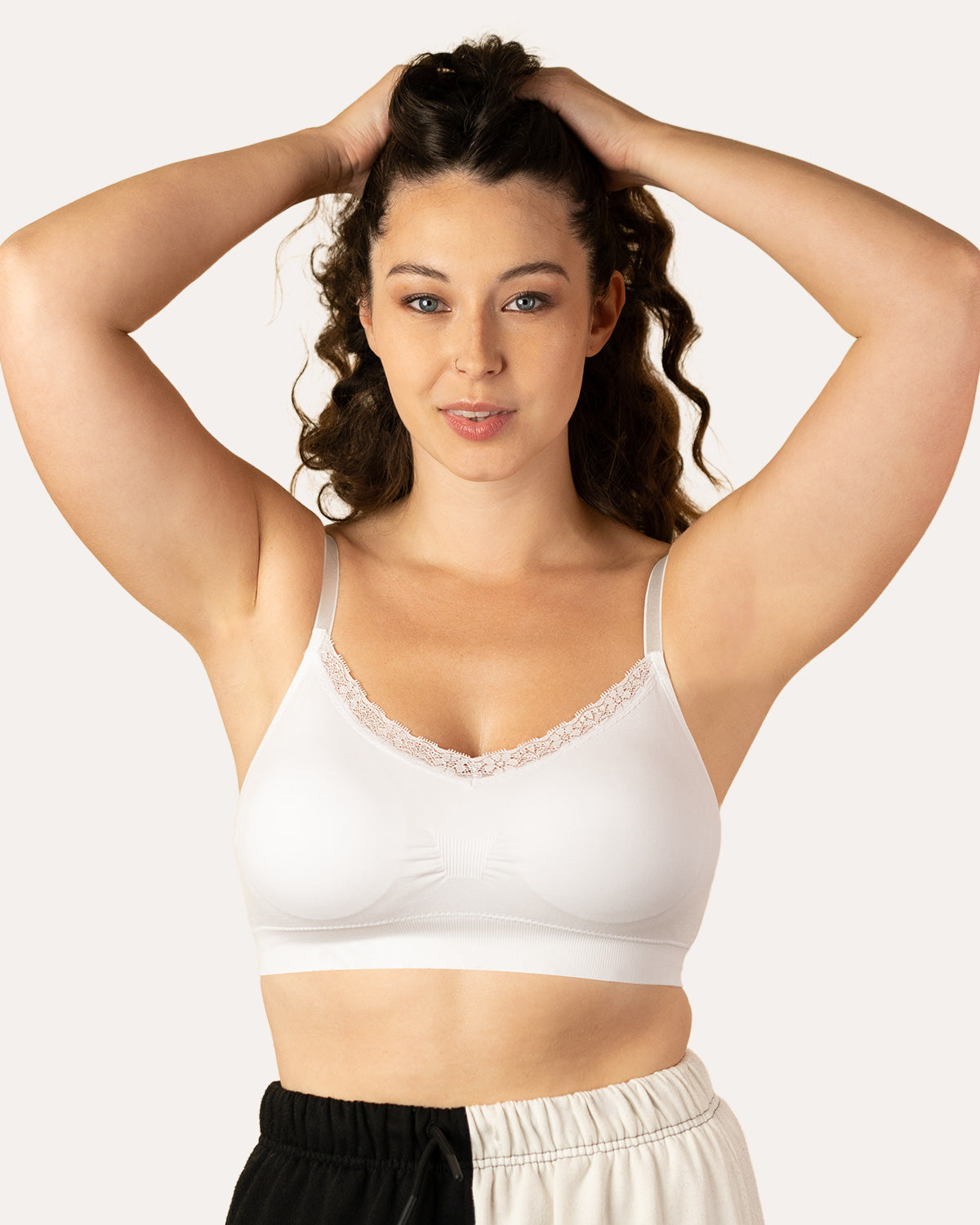
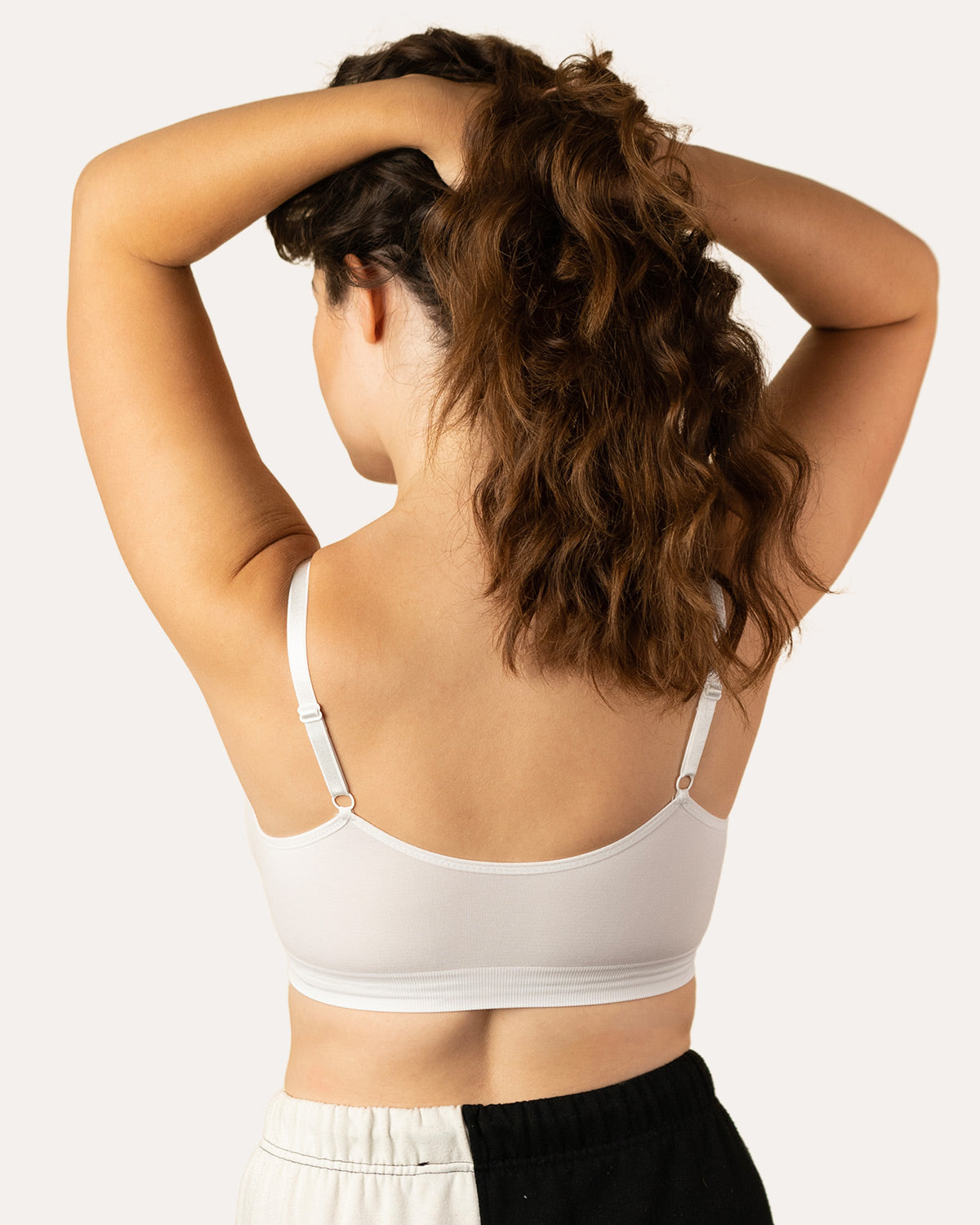







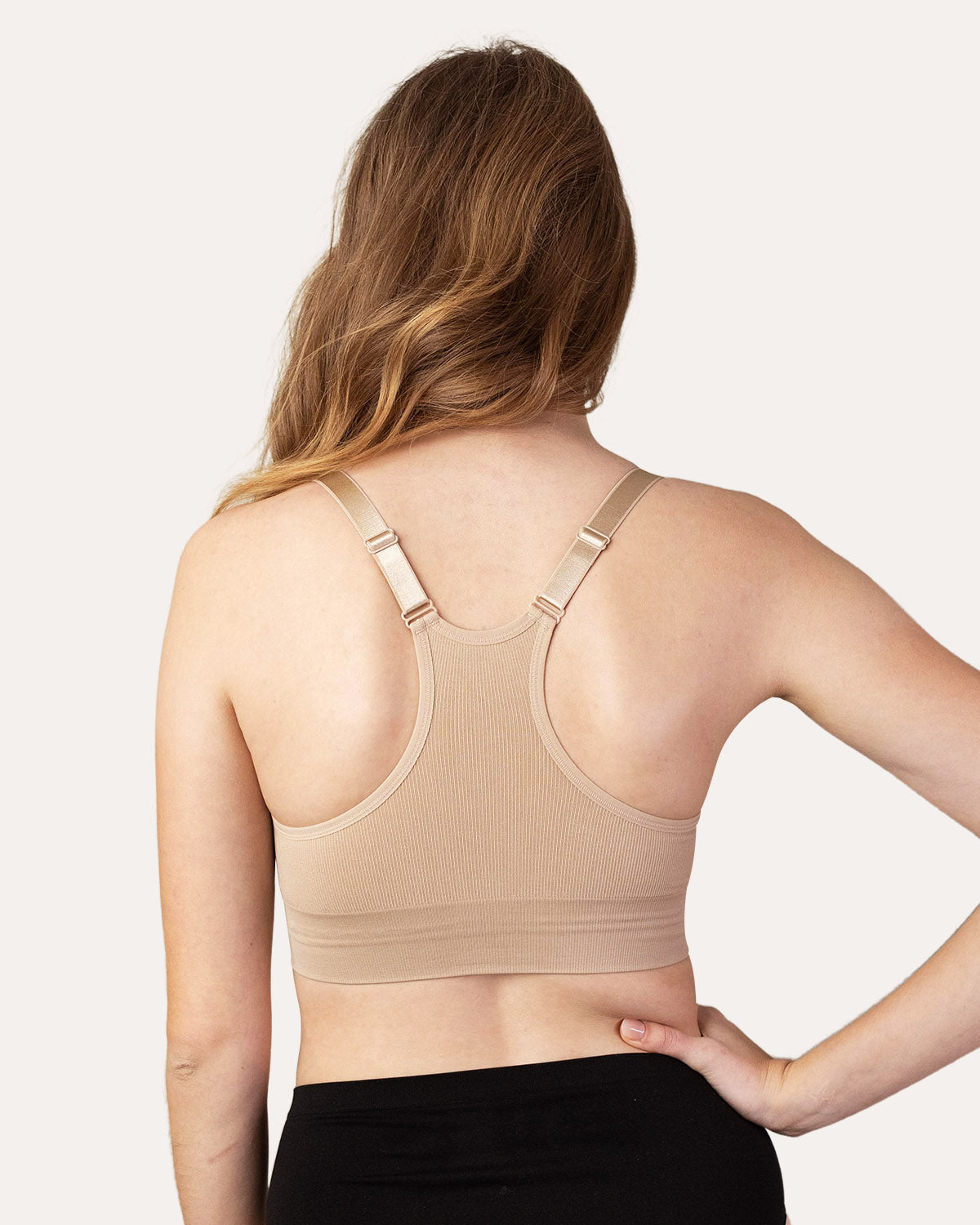
Leave a comment
This site is protected by hCaptcha and the hCaptcha Privacy Policy and Terms of Service apply.